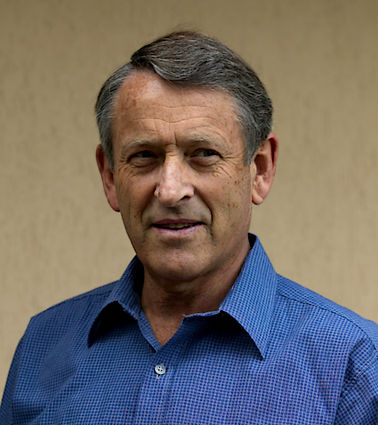Deep Sky Images
About Mark Schapper
I live in Melbourne and my work is inspired by nature and the world around me.
I have a science degree in physics and electronics from the University of Melbourne and a PhD in electronics.
Much of my working life was involved with the development of special equipment in the mining industry. This included X-Ray recovery machines for Argyle Diamonds. I also managed technical development in a major mining company.
My passion for photography began in childhood at age ten.
Astrophotography

From 2012, I have been heavily engaged in astrophotography.
Photography of the night sky is unique in that no-one can define exactly how a particular diffuse gas 'should' look in terms of density and colour. This gives the artist considerable scope in how to interpret and present the original data.
-
Robotic telescope mounts which track the Earth’s rotation with arcsecond accuracy over several hours.
-
Four telescopes: a 250mm f/3.6 Newtonian, a 130mm f/7 refractor, a custom made 300mm f/8 Officina Stellare RiDK, and an Officina Stellare f/3 RH200AT.
-
A set of three colour filters – red, green, and blue – covering the visible spectrum from 400 to 700 nm, plus a clear filter covering the whole visible spectrum. These generate ‘normal’ colour images
-
A set of narrow band filters, each 3 - 5nm bandwidth, tuned to ionised hydrogen, singly ionised sulphur, singly ionised nitrogen, and doubly ionised oxygen. These are used to generate false colour images.
-
Digital astro cameras cooled to -15 to -25 degrees C to minimise noise.
-
Computer software to control telescope, filter selection, camera, and data acquisition.